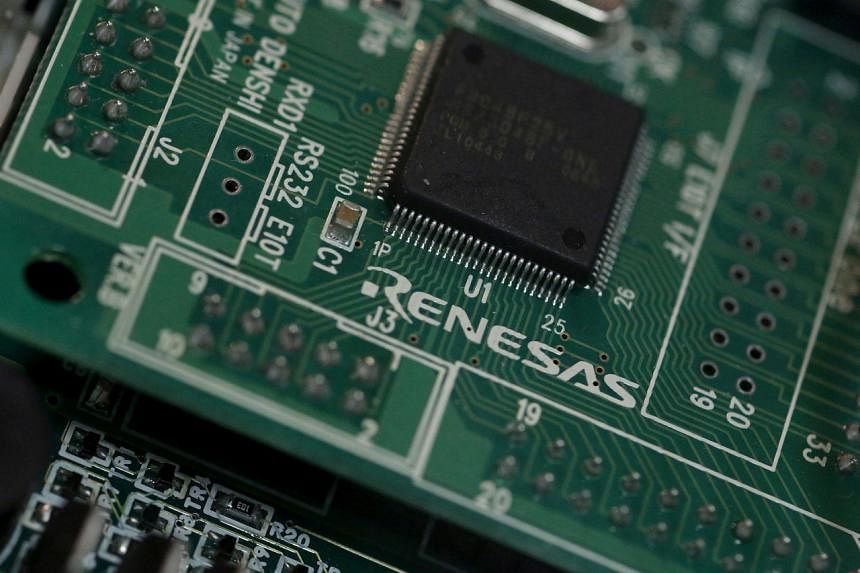Against the backdrop of a global shortage of semiconductors, the Japanese authorities are trying to revive the industry and are going to increase injections into it in order to ensure the economic security of the country. But local producers warn that these plans could be thwarted by a severe shortage of professionals.

The Japan Electronics Industry and Information Technology Association (JEITA) estimates that for these investments to be worthwhile, the country's eight largest manufacturers will need to find about 35,000 specialists to innovate and operate semiconductor factories over the next 10 years.
According to the Financial Times, in the 80s of the last century, Japanese companies intensively expanded production and were able to occupy about half of the world market. However, Japan later lost leadership to South Korea, Taiwan and China due to a trade war with the United States, and the global economic crisis of 2008 was followed by massive layoffs of engineers. This explains the current shortage of experienced personnel in the field.
According to the Japanese authorities, the number of employees in the field of electronic components and devices aged 25-44 has decreased by about one and a half times from 2010 to 2021, from 380,000 to 240,000.
In order to develop innovations and attract students to semiconductor production who after graduating from universities in semiconductor majors prefer to get jobs in financial or IT companies, Toshiba, Sony and other reputable companies cooperate with the best scientific faculties of the country. Thus, the industry receives additional investments and young personnel.
Sony together with TSMC is building a semiconductor plant on the island of Kyushu for $ 8.6 billion, which will create 1,700 jobs, two more will appear at Kioxia - one of them should start working in the fall, and the plant which was also closed in 2014, restarts by Renesas Electronics - they will produce here chips for electric vehicles.







